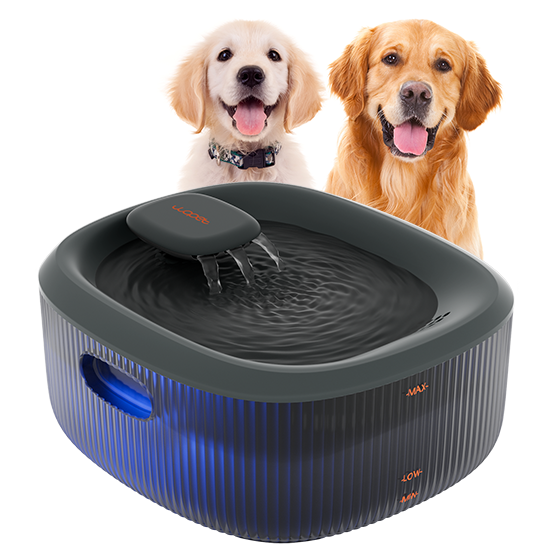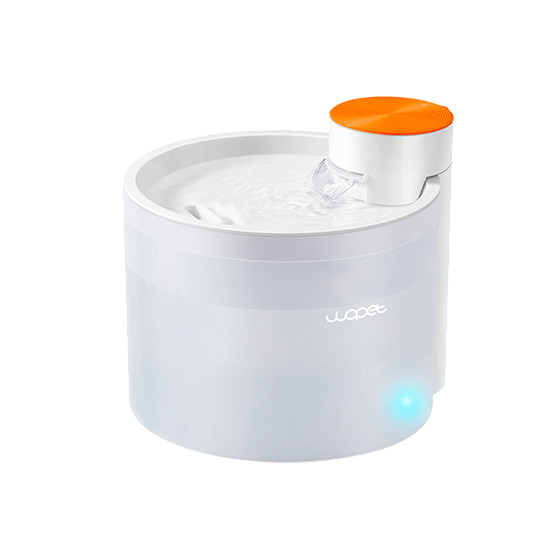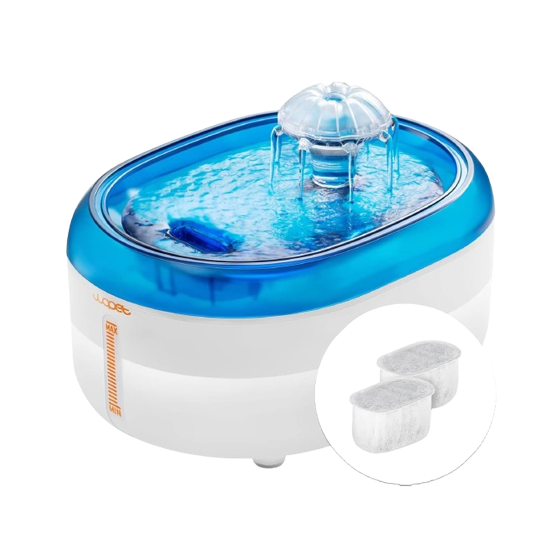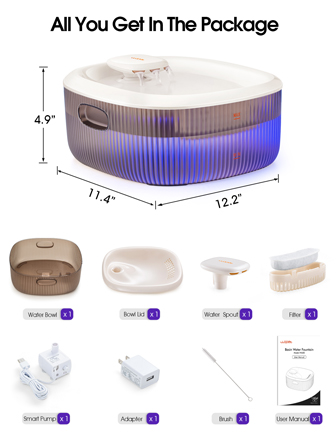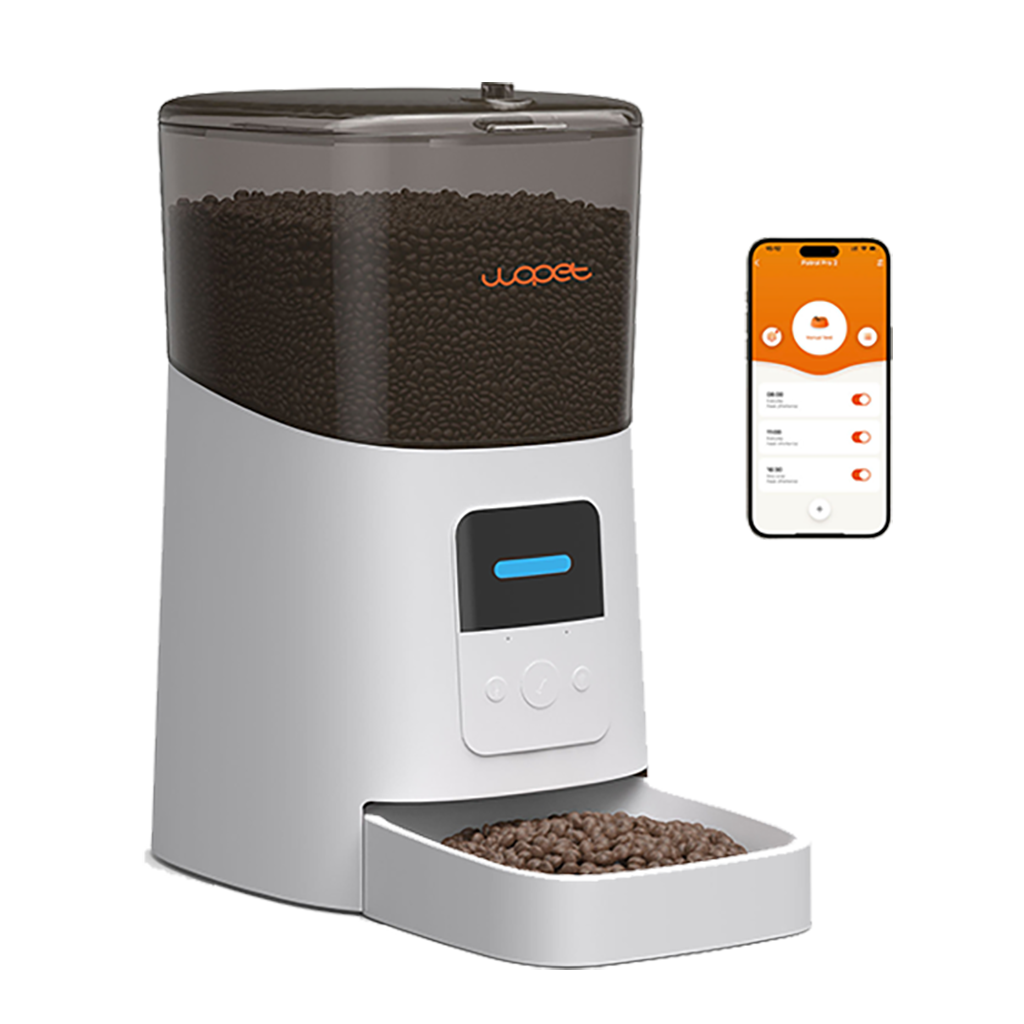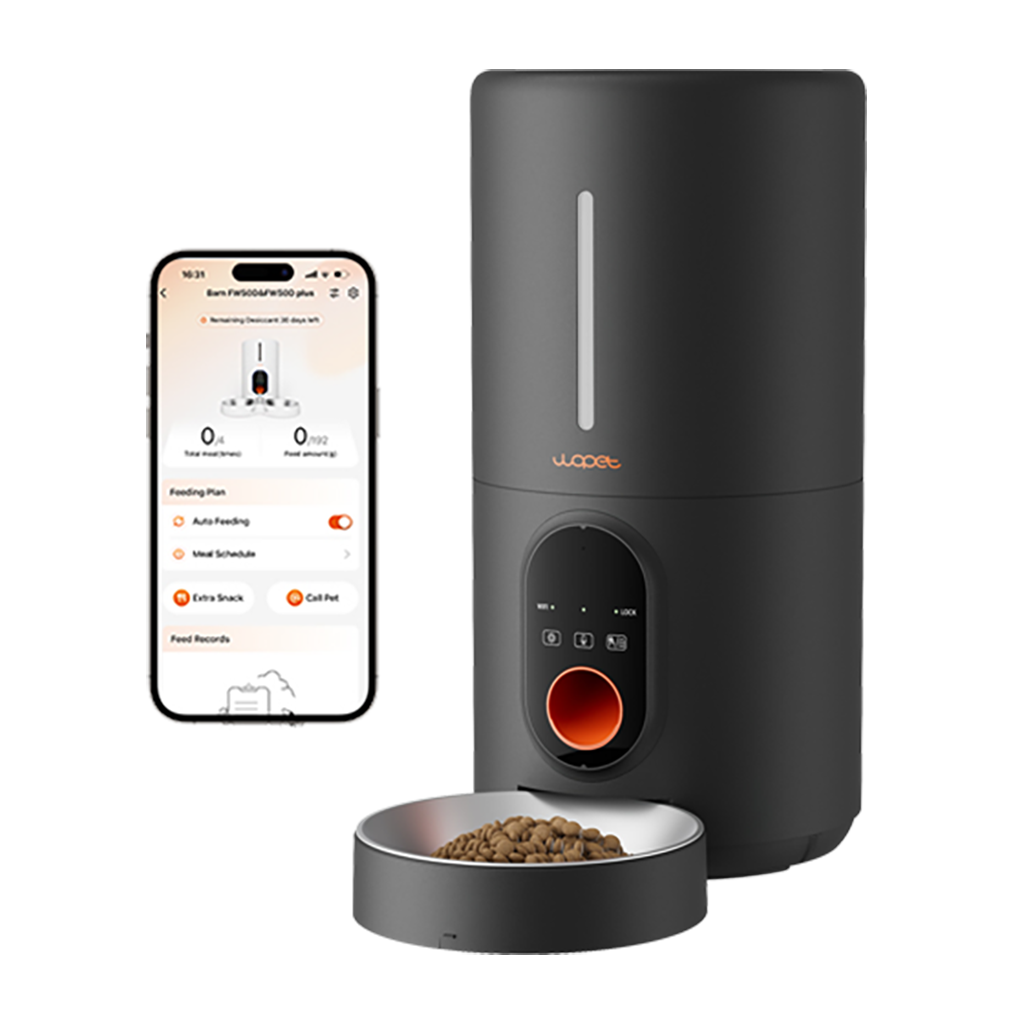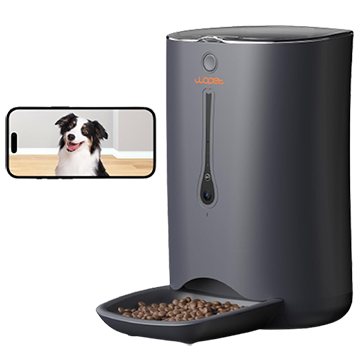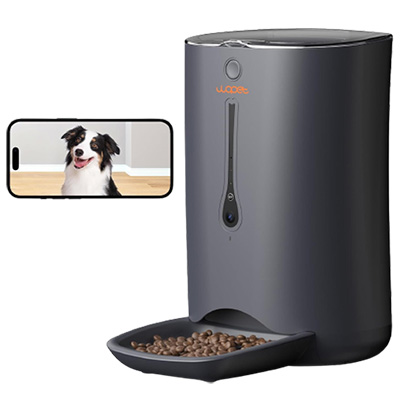The French Bulldog is one of the most loved one dog breeds intercontinental, known for its elfin personality, characteristic "bat ears," and loving nature. As a small multiply, French Bulldogs are ideal for apartment livelihood and make excellent companions for individuals, couples, and families alike. If you’ve been considering adopting a French Bulldog, this clause will guide you through the adoption process and offer insight into their disposition, care needs, and how to check your new pet fits seamlessly into your life.
Why Adopt a French Bulldog?
Adopting a French Bulldog has many benefits. Not only are you providing a affectionate home to a dog in need, but you're also gaining a chauvinistic, charming company who will quickly become a part of your syndicate. Here are some reasons why adopting a French Bulldog might be right for you:
-
Loyal and Loving Nature: French Bulldogs are known for their tender personalities. They bond closely with their owners and prosper on companionship. They are often described as "people dogs" because of their warm desire to be with their human syndicate members.
-
Low Exercise Needs: While they playtime and short walks, French Bulldogs are not excessively unflagging. This makes them a of import option for those with a more lax life-style or those bread and butter in apartments. They lounging on the couch but still appreciate an infrequent picnic.
-
Great for Small Spaces: Due to their bundle off size and calm demeanor, French Bulldogs are well-suited for flat livelihood. Their small stature allows them to be comfortable in littler bread and butter environments while still being active voice enough to enjoy a full life.
-
Adopting Saves a Life: By adopting a French Bulldog from a tax shelter or rescue group, you’re providing a second chance for a dog that may have been abandoned, given, or neglected. There are many French Bulldogs in need of infatuated homes, and adoption is a extraordinary way to make a significant difference in their lives.
The French Bulldog Adoption Process
Adopting any dog involves several key stairs to control the work goes swimmingly and both you and the dog are equipped for a long commitment. Here’s an overview of what you can :
1. Research and Education
Before adopting a French Bulldog, it’s earthshaking to empathise the breed’s unusual needs. French Bulldogs are prone to certain health conditions, such as broad-headed syndrome(due to their short snouts), hip dysplasia, and os sesamoideum luxation. Familiarize yourself with these potential health issues so you can provide the specific care.
Additionally, while French Bulldogs are in general low-maintenance dogs, they do want habitue training to keep their coats sound. Be equipt to perpetrate to the time and resources necessary to care for them.
2. Find a Reputable Shelter or Rescue Group
When you’re ready to take in, seek out a respected shelter or breed-specific deliver group. Many deliver organizations particularize in French Bulldogs, portion those who need to rehome their pets or rescue them from intractable situations. Websites like Petfinder or the french bulldog rescue Network can help you find available dogs in need of a home.
Consider visiting a topical anesthetic brute shelter as well, as some may have French Bulldogs available for borrowing. Some multiply-specific rescues also better hal with shelters to help dogs find the right homes.
3. Application Process
Once you find a French Bulldog you’re fascinated in adopting, you’ll likely need to fill out an adoption practical application. This work on helps the deliver or tax shelter empathise your bread and butter state of affairs, experience with pets, and set for borrowing. You may be asked questions about your life-style, home , and how you plan to care for the dog.
4. Home Visit and Interview
Some rescue organizations or shelters may want a home travel to or question to ensure your livelihood is right for a French Bulldog. This is to see to it the dog’s refuge and well-being in its new home. It’s also a for the shelter to ask questions and give you more selective information about the dog’s behavior and needs.
5. Adoption Fee and Finalizing the Adoption
If your practical application is sanctioned, you’ll typically be needed to pay an adoption fee. The fee can vary depending on the organisation, but it often covers the cost of vaccinations, spaying altering, and other veterinary care. Once the fee is paid, and all paperwork is consummated, you can wreak your new French Bulldog home
What to Expect After Adoption
1. Introducing Your French Bulldog to Their New Home
When you work your French Bulldog home, take things slow. Introduce them to their new environment one step at a time, and be patient role as they correct to their new milieu. French Bulldogs are sociable creatures, so they may take some time to feel comfortable. Be equipped for the transition period, as it can take a few weeks for them to to the full settle in.
2. Training and Socialization
Training your French Bulldog is necessity, even though they are known for being undemanding. Basic respect preparation will help check they know operative,nds like “sit,” “stay,” and “come.” Socialization is also evidential, so discover them to various people, places, and other pets in a positive, restricted manner. Early acculturation helps see they grow up to be well-adjusted dogs.
3. Healthcare and Regular Vet Visits
Regular veterinary visits are material to monitor your French Bulldog’s wellness and notice any potential issues early on on. Be remindful of the breed’s sensitivity to ventilation issues and insure they don’t become overheated, especially during hot endure. Keeping them on a balanced diet, providing regular work out, and keeping up with vaccinations will help them lead a healthy and well-chosen life.
Final Thoughts
Adopting a French Bulldog can be an improbably appreciated undergo. Their caring nature, compact size, and low-maintenance care requirements make them saint companions for many households. However, it’s key to be equipt for their unusual wellness needs and to make sure you can provide the time, tending, and love they deserve.
By adopting from a shelter or rescue, you’re not only gift a French Bulldog a second chance but also gaining a nationalistic keep company for eld to come. If you're prepare to pull, adopting a French Bulldog could be one of the most fulfilling decisions you ever make.


